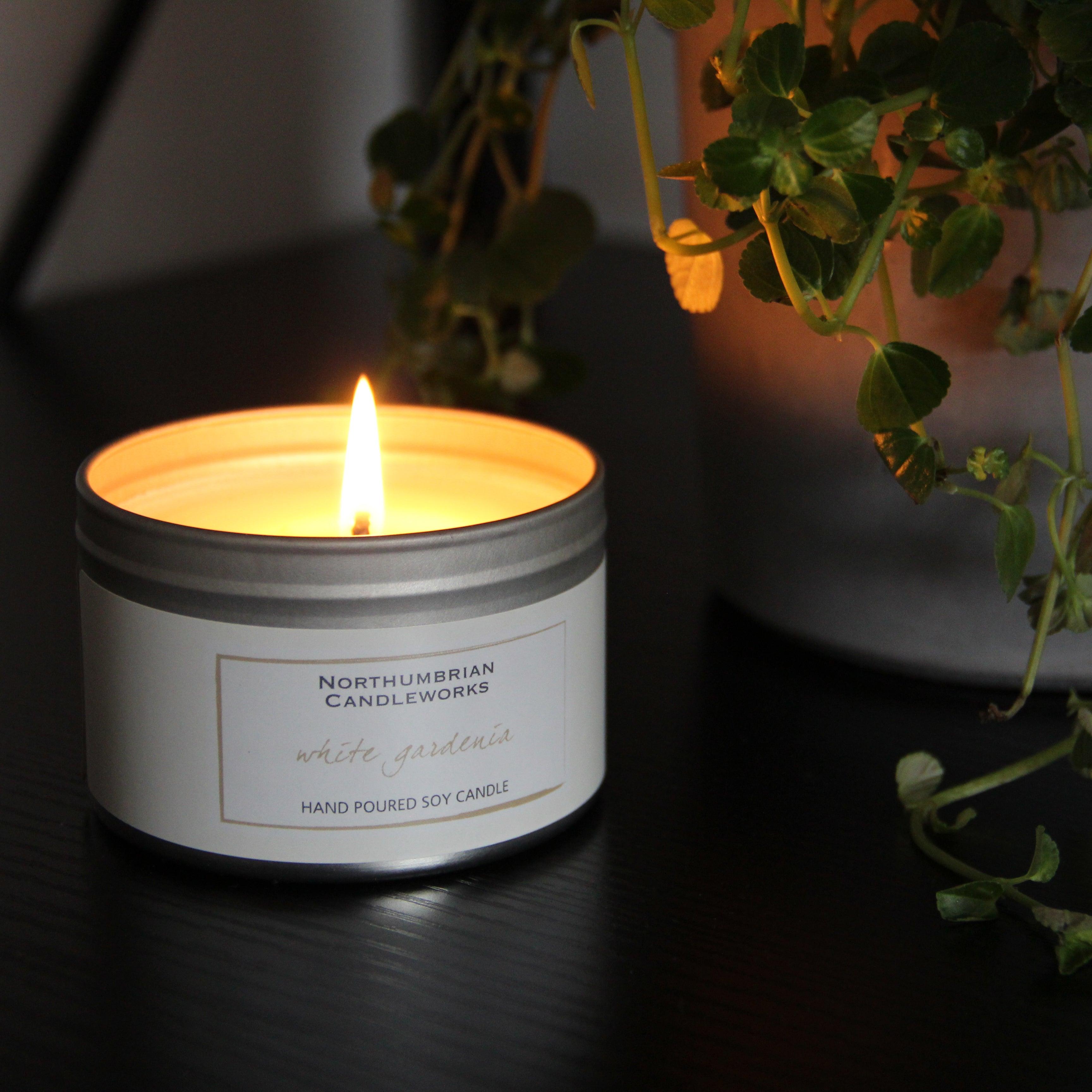Brighten Your Setting with Crystal Soy Candles and Home Fragrance
Brighten Your Setting with Crystal Soy Candles and Home Fragrance
Blog Article
From Wick to Wax: Comprehending the Chemistry Behind Soy Wax Candles and Their Ecological Effect
As we brighten our spaces with the warm glow of candle lights, there exists a realm of elaborate chemistry behind the relatively straightforward act of lighting a soy wax candle. Join us as we decipher the clinical details behind soy wax candle lights and discover their implications on our environment.
Soy Wax Vs. Paraffin Wax
When comparing soy wax and paraffin wax for candle production, it is crucial to understand the distinct qualities and benefits of each material. Soy wax is a natural, eco-friendly source acquired from soybean oil, making it naturally degradable and green - crystal soy candles. In comparison, paraffin wax is a by-product of petroleum refining, which increases concerns concerning its ecological influence and sustainability
Soy wax candle lights shed cleaner and send out much less soot compared to paraffin wax candles, making them a much healthier selection for indoor air high quality. Furthermore, soy wax has a lower melting factor, enabling for a longer-lasting candle light that disperses fragrance more efficiently. Paraffin wax, on the other hand, has a tendency to melt faster and much less easily, potentially launching unsafe chemicals into the air.
From a sustainability perspective, soy wax is preferred for its biodegradability and eco-friendly sourcing, straightening with the growing consumer choice for eco mindful products. While paraffin wax has actually been a standard option in candle light making due to its price and convenience of usage, the shift in the direction of green options like soy wax is acquiring momentum in the market.
Chemical Composition of Soy Wax

Combustion Process in Soy Candles
The chemical structure of soy wax directly influences the combustion procedure in soy candle lights, affecting variables such as burn time, scent release, and environmental impact. When a soy candle is lit, the warmth from the flame melts the wax near the wick. This fluid wax is after that formulated the wick due to capillary activity. As the fluid wax reaches the fire, it evaporates and goes through burning. The combustion process includes the vaporized hydrocarbons in the wax reacting with oxygen in the air to produce warm, light, water vapor, and co2.
The combustion performance of soy candles is affected by the purity of the soy wax and the top quality of the wick. A clean-burning soy candle with a properly sized wick will certainly produce a constant fire and minimize residue development. This not just extends the burn time of the candle light but likewise boosts the release of fragrances. Additionally, soy wax candle lights have a lower environmental effect contrasted to paraffin candles because of their biodegradable and eco-friendly nature.

Environmental Advantages of Soy Wax

Taken into consideration a sustainable option to traditional paraffin wax, see page soy wax supplies noteworthy environmental benefits that make it a popular option among eco-conscious consumers. Soy wax burns cleaner and creates less residue than his explanation paraffin wax, contributing to better indoor air top quality and decreasing the requirement for cleaning and maintenance. Generally, the environmental advantages of soy wax line up with the growing need for sustainable and environment-friendly items in the market.
Recycling and Disposal Considerations
Reusing and proper disposal of soy wax candle lights play an important function in keeping environmental sustainability and decreasing waste in households and communities. When it comes to recycling soy wax candle lights, the first action is to ensure that the candle has actually burned completely.

In regards to disposal, if recycling is not a choice, soy wax candles are eco-friendly and can be safely taken care of in the majority of house waste systems. Nonetheless, it is always recommended to talk to neighborhood reusing facilities or waste management services for specific standards on candle disposal to guarantee proper handling and environmental management.
Final Thought
Finally, the chemistry behind soy wax candle lights discloses their ecological benefits over paraffin wax candles. Soy wax, stemmed from soybean oil, click to read burns cleaner and creates much less residue when compared to paraffin wax. The combustion procedure in soy candles is a lot more reliable, leading to a much longer and much more also shed. Furthermore, soy wax is sustainable and biodegradable, making it an extra sustainable selection for candle light manufacturing. Recycling and proper disposal of soy wax candle lights further add to their ecological influence.
When contrasting soy wax and paraffin wax for candle making, it is necessary to comprehend the distinct attributes and advantages of each material (crystal soy candles).Soy wax candles melt cleaner and emit much less soot compared to paraffin wax candles, making them a much healthier choice for indoor air top quality.Considered a lasting option to traditional paraffin wax, soy wax offers notable environmental benefits that make it a prominent selection amongst eco-conscious customers. Soy wax burns cleaner and creates less residue than paraffin wax, contributing to far better indoor air top quality and minimizing the need for cleaning and upkeep.In final thought, the chemistry behind soy wax candle lights exposes their environmental advantages over paraffin wax candle lights
Report this page